When we think of the estates of our erstwhile maharajas, we usually end up with visions of excess. Palatial mansions, ornate decor studded with precious stones, exquisite craftsmanship everywhere, and, often, a maximalist aesthetic bordering on the gaudy. And yet, opulence can take on many shapes and forms. A cursory glance through the collection of the royal palace of Indore, going up at Christie’s Paris auction this week, is enough to establish this point.
Commissioned by Maharaja Yeshwant Rao II Holkar (1908-61) for the Manik Bagh palace, the works on offer bear the signature of some of the greatest designers of the 20th century. Carpets with abstract patterns designed by French painter Ivan da Silva Bruhns, chairs in red upholstery created by German architect and interior designer Eckart Muthesius, and a functional, easygoing yet elegant bureau by French furniture designer Emile-Jacques Ruhlmann are among the 20-odd objects to go under the hammer.
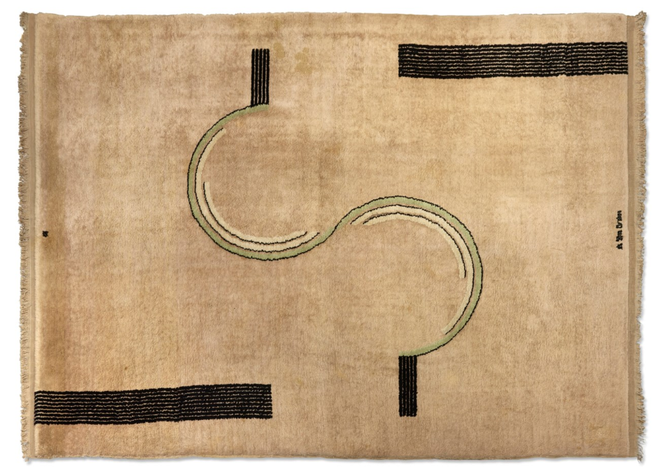

“In the 1980s, there were a couple of sales from the collection of the Maharaja,” says Sonja Ganne, International Head of Design at Christie’s. “But neither was exhaustive.” The upcoming lots in Modern Reign, Tribute to the Maharajah of Indore (October 3) not only bring in some of the missing pieces, but also give a fuller sense of the flamboyant royal’s eccentric, and highly evolved taste.
Tradition and modernity
The last ruler of Indore made a mark of his own, in India and abroad. Educated at Charterhouse and Oxford, Yeshwant Rao was a uniquely assimilated product of tradition and modernity. In 1934, the French artist Bernard Boutet de Monvel painted a portrait of the young royal, resplendent in traditional regalia, sullen, broody, and melancholic.
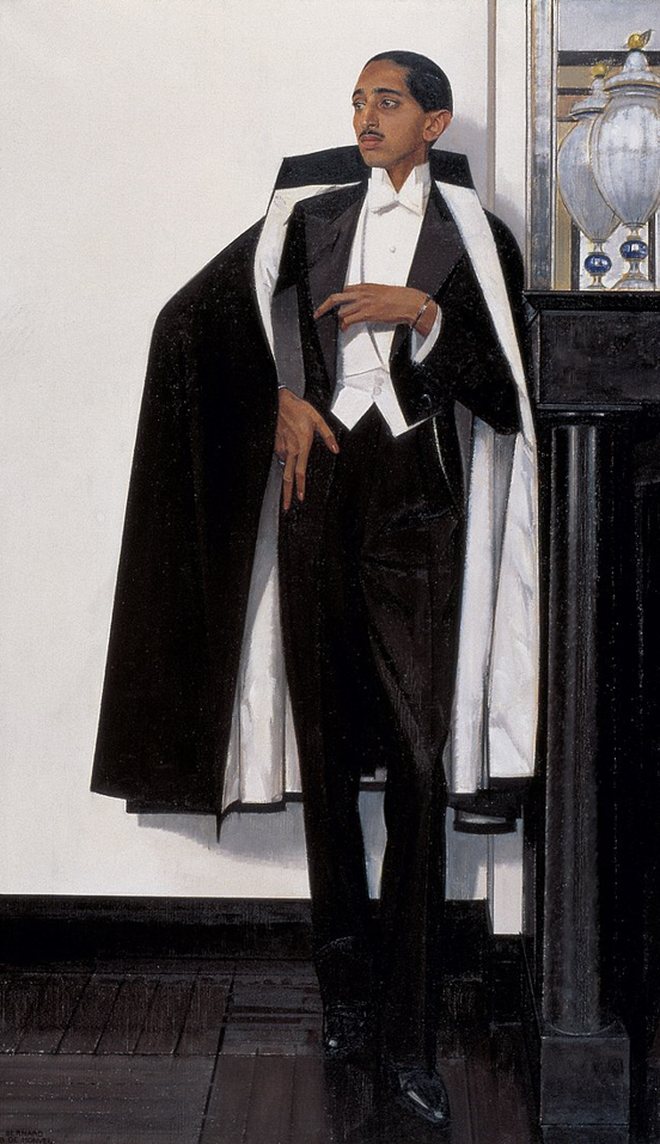
Around the same time, the American photographer Man Ray created contrasting photographs of the king with his young wife, the beautiful but short-lived Sanyogita Bai Holkar, on their honeymoon in Cannes — their body language lissome, mood buoyant, and demeanour stylish and sexy, a sharp contrast to the stiff formality of courtly pose.
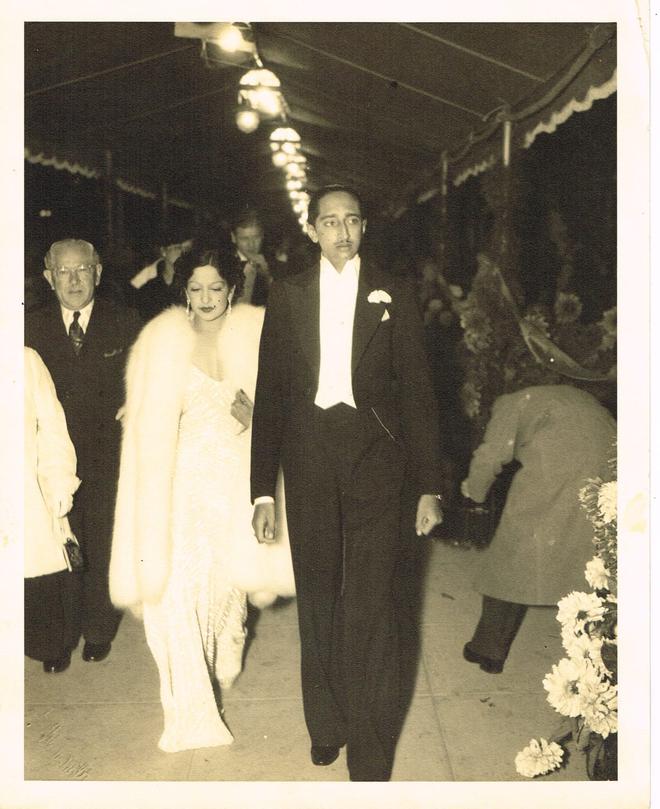
That Yeshwant Rao could inhabit two different worlds — emotionally, intellectually, and culturally — may not seem unique in 2023. But over a century ago, an Indian king’s fondness for Art Deco and aptitude for high design created a sensation not only in his home country, but also in Europe.
The turning point came in 1930, when the Maharaja met Muthesius and commissioned him to build an Art Moderne palace, Manik Bagh, in Indore. “It was a project conceived by two young men in their 20s,” says Ganne. “Every detail was conceived and created in Europe, by some of the finest names in design.” From Ruhlmann to Le Corbusier, Charlotte Alix to Brancusi, the who’s who of the modernist movement left their imprints on the royal residence.
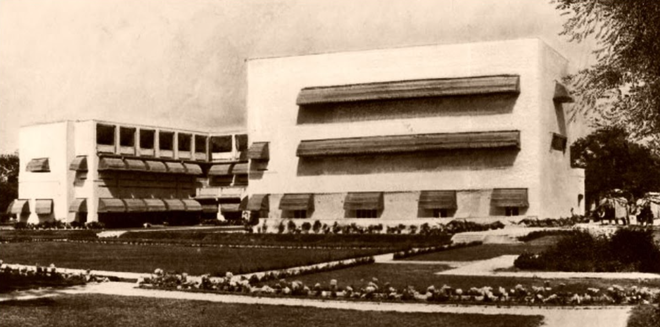
In 2019-20, some of the decor from Manik Bagh (jewelled garden), shown at the Modern Maharajah exhibition at the Musée des Arts Décoratifs of Paris, created a ripple of interest. At the upcoming auction, connoisseurs will have a chance to see more of the maharaja’s objets d’art.
Made for India
In particular, Ganne draws attention to three pieces: a slender floor lamp by Muthesius with a hint of red on painted brass; an emerald-green chrome-plated metal bed, reinforced with stained glass, created for the Maharani by French designer Louis Sognot and painter Charlotte Alix; and fake-leather (keeping in mind the climatic conditions in India) armchairs, paired with a desk with a built-in ashtray, inkwell, and metal bars to rest one’s feet, made by Ruhlmann.
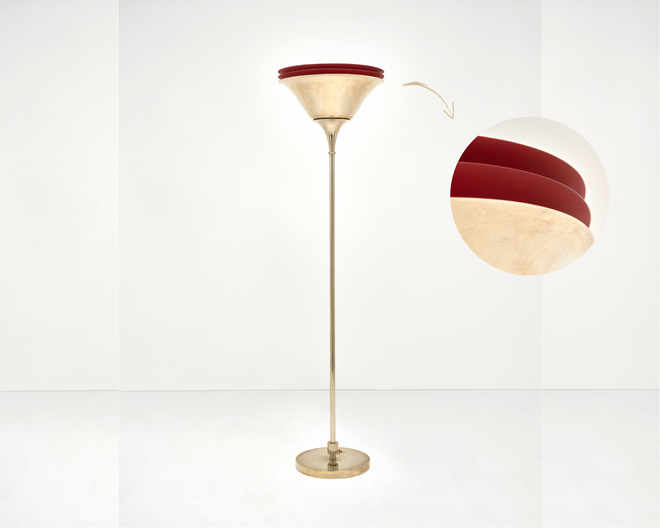
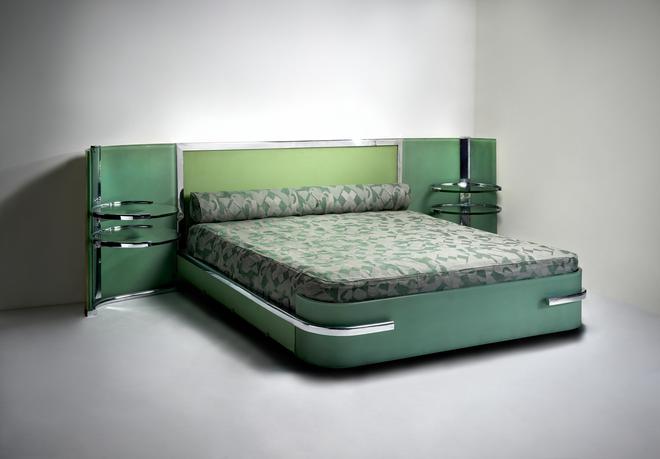
“The sale has already raised interest among our top historical collectors and also new younger collectors, who have appeared on our market in the last two to three years,” Ganne says. “The latter are looking at top quality and are keen to learn more on our specialty.”
The whole lot is estimated to fetch €2,463,000-€3,627,000 (approx. ₹22 crore-₹32 crore).
The writer is based in Delhi.







